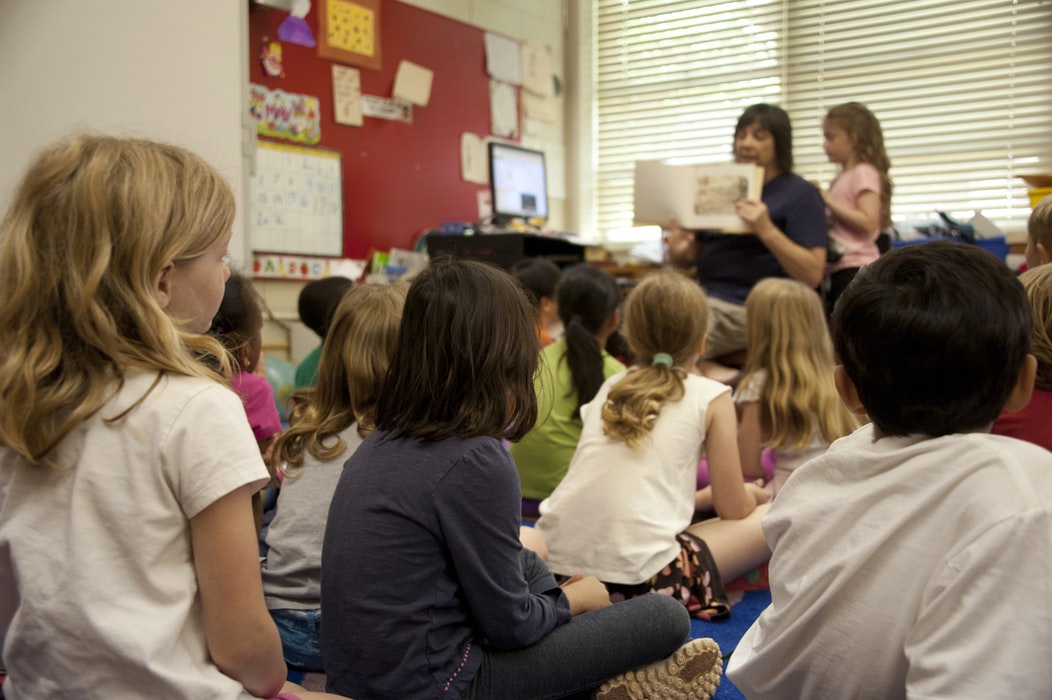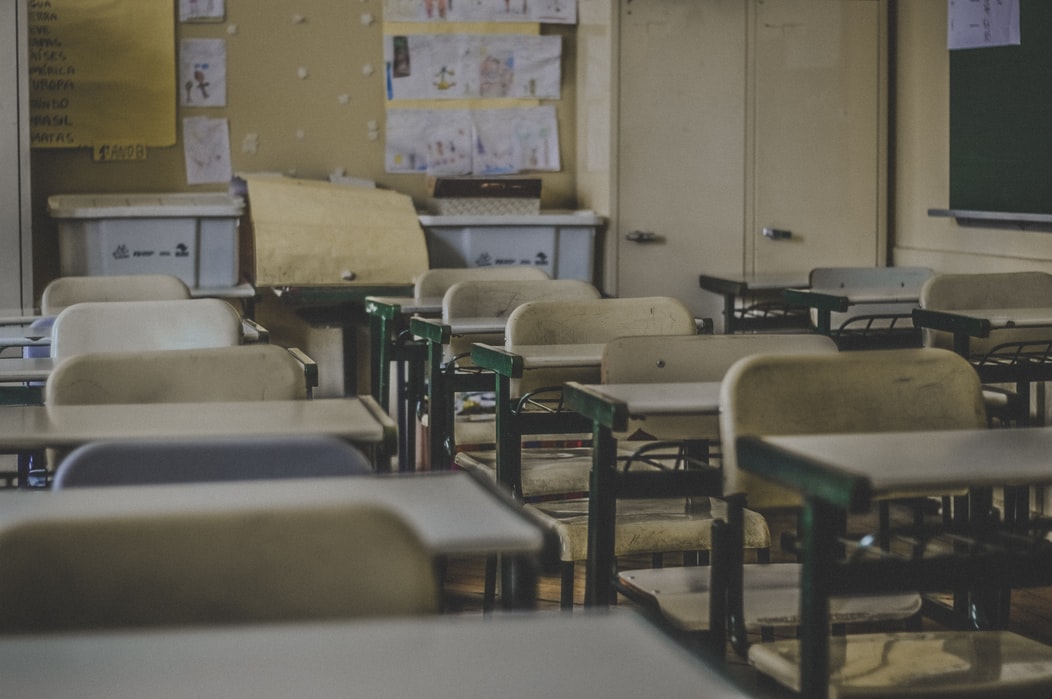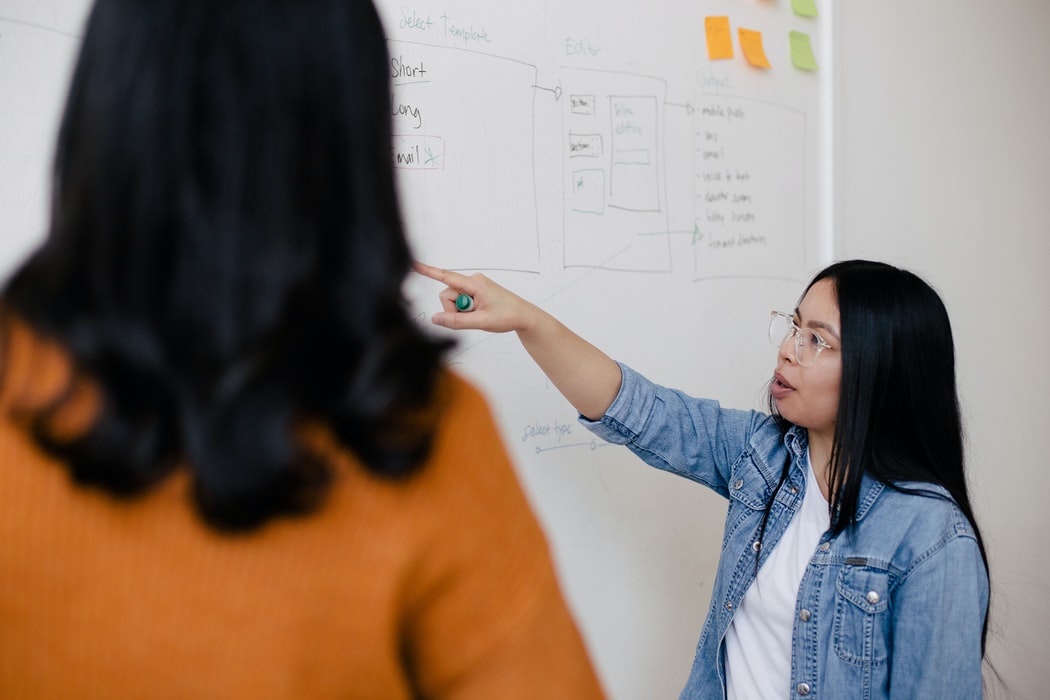Well, here we are now in 2021. Ending last school year in June, and then leading into this school year in August, the discussion in public education focused on what levels of learning disruption would come from having to close schools for weeks, perhaps a month or more, and then quickly encompassed the remainder of last school year and the beginning of this 2020-2021 year. The most untraditional school period in modern history has now stretched into 2021 and data is being analyzed to project the amount of learning loss expected to surface in students next year as part of what is being called the “Covid Slide”.
Early into the pandemic, research and data were being generated to help create impact projections (Learning Loss Projections). At that time in March and April, initial results were predicting that the March – June release of over 55 million students in the U.S. to “remote” learning formats was showing similar trends in learning loss as those occurring during traditional summer break. However, with so many schools and districts mounting brave campaigns to re-tool their design and delivery of learning over the past year now, how could it be that large numbers of students are suffering a level of learning loss on par with not engaging in school work at all?
Some clarity can be found in understanding the critical differences in what we have asked teacher’s and learners to do in order to accommodate this shift and how disruptive it is to the normal process of teaching and learning at traditional K-12 school sites as opposed to say in universities and colleges.


On a very basic level, K-12 schools as learning agencies are designed primarily to provide a point of physical intersection between students, teachers, and instructional materials (content) for extended durations of time day in and day out. Because of this, K-12 teachers depend almost exclusively on a learning design and delivery model predicated upon sustained periods of direct teaching/learning interaction of 30-60 minute sequences spread out across the day that involves teacher-led instructional pacing, moment to moment decision making based on direct teacher intuition and subtle learner feedback loops (formal and informal), and highly-structured guidance of students when engaging content and materials. This critical and balanced mosaic of practice, is completely shattered when we dismantle teacher/learner proximity, scheduling, cadence, and interaction and instead ask teachers to design learning sequences for students to consume independently or via remote guidance with unknown levels of assistance at home. In relation to training, practice, and experience…the majority of teachers, and particularly what we would consider “good” teachers are not professionally suited nor honed to design the type of instruction we are now asking them to structure and deliver. Conversely, students are not particularly adept at consuming that type of instruction either, even if and when designed well.
In regards to students, school site operations and day to day school activities also aid learners by providing them a predictable approach to scheduling, (begin and end times and known durations of learning engagements, transitions, framing), an environment interwoven with direct and consistent accountability, constant reinforcement of expectations, and guide rails to promote persistence and perseverance when struggling with new concepts and skills. Additionally, coming to school provides many students a common threshold of resources ranging from anything as simple as ample textbooks, to a secure and stable environment, to adequate nutrition, to teams of educated and attentive adults, and the assurance of viable access to technology tools and internet. And while we can all recognize the emotional importances of structured and unstructured socialization time with peers, studies have also shown that students learning gains increase when allowed to tackle challenges and discover new information in unison with their peers. For many students, access to school sites present the most stable, consistent and resource-enriched environment they know, and thus represents the primary means to gain equal footing and traction towards growth and learning opportunities commensurate with those of their more fortunate peers.
And last but not least, (as was evident from the impact the massive closing of schools this Spring had on our national and local economies), the normal operation of schools serve as the key element that allows the majority of our adult workforce freedom from direct supervision of their own children generally from 8am – 4pm Monday through Friday in order to work. Do we relish the idea that one of the most important yet pragmatic roles schools serve is that of “child care” provider in order to enable adult family members to take up jobs, no. But it is a fact. Wrongly or rightly, the economic balance of our society depends critically on families that generate enough income to not just meet their basic needs, but also to participate actively and regularly as consumers of non-necessary goods and services. When school is disrupted, work is disrupted for many parents. When work is disrupted for parents, family income is disrupted (and our economy reflects the impact of that reality almost immediately). Beyond market fluctuations though, family stability is disrupted, stress escalates, routines are broke, roles are shifted, and all homes become places of new and unforeseen negotiations around who is responsible for what, and communities quickly see growing inequities surface from home to home that schools sites helped to at least temper and balance for children on a day to day basis.


With these K-12 complexities in mind, (and yes, postsecondary does have many similar obstacles, however the above learning dynamics described between teachers and learners is far more pronounced at the K-12 level) it is no wonder that even the best planned digital lessons and materials, selected and developed in earnest by the most dedicated teachers, utilizing expensive distribution platforms to homes with ample access to high-speed internet, are not meeting the needs of students and families in ensuring a continuum of learning in par with the traditional operational practices of school as it was. So as sites work to visualize and plan for a variety of formats to safely continue public education 45 – 60 days from now, it will be imperative to re-think how exchanges between teachers and students can be formatted when they aren’t physically together every day, all day. We need to recognize how, “School as it was” worked, and why. And then we need to quickly assess “School as it is now” and what must change to make it work better for teachers, students, and families. It is important to re-think the design of materials, the structure of content, and the type of instructions necessary to help students cadence their time and attend to helping them with their own personal persistence by providing multiple routes to consume the content and diverse methods to document and communicate their learning. Some students respond to grades, but most respond to clear expectations and the reward of having a caring adult take interest in their learning and acknowledge their efforts regardless of whether they achieve or struggle in an attempt to learn and grow. When students feel valued, seen, and their energy is guided and channeled by an adept educator towards authentic discovery and meaningful skill and knowledge development, all children can obtain moments of success and empowerment. When a teacher can steward an exchange or stage a creative project in which students can see the value of their contributions and engage in discourse on issues reflected in real life, they can garner the will to persist and push themselves. Good teachers know how to generate these elements in the formats they are familiar with, and if given advanced clarity on the formats that will be in place this coming fall, and a valid process to meet and reflect with their peers in teams on how those formats will differ from what they are accustomed to, they can make adjustments to improve learning and engagement given the certain and real limitations our students will face when they can not attend school in a regular manner. Teachers in teams with deliberate and clear goals can reconcile with the challenges they are facing and those of their students if they are provided AMPLE TIME and ADEQUATE SUPPORT to devise new delivery strategies, modified learning designs, and alternative teacher/learner exchange processes to address the reality of what they and their students will face together.
No other group, no other initiative can forge the bridges needed to reach our students to the same degree as teachers teams given time and agency to create new approaches.


So we need systems that enable and optimize teacher peer groups to gather and plan effectively. The culture of teacher practice has long been one of professional isolation and solitary practice classroom by classroom. Yes, teachers are best positioned to generate alternative and productive pathways forward through these times. However we need the means and structures to help them gather, reflect, plan, and design in ways that have not been called upon historically as part of their practice. And as local teacher teams, from site to site, begin to formulate these new approaches, we need to actively document and construct their plans and strategies so that it can be communicated to families and disseminated out to other teacher teams across their districts as well. Too many educational agencies and leadership teams are expending valuable energy swinging at this mightily, but without any sense of where other schools, teams, or initiatives are gaining ground and combating learning loss effectively. And while I readily espouse the autonomy and power of teachers to think and navigate in this moment…
…It is also important to note that these solutions will not be perfect, they will not magically transform the situation, and they should not depend on the “tenacity and passion” of teachers to “will” these processes into existence.
Viable alternatives will be both pragmatic and inventive, yet will always require additional funding and/or a shift in funding, additional resources, different types of materials, and an openness to input from students and families as part of the process as well. There is a synergy to be found when parents share with educators what they see working, and what is not. There is power in giving teachers our trust and support, along with time and resources to think, plan, and coordinate. And there is a need for education leaders to make space for untraditional approaches, trial/error, and open dialogue between all parties on what we need to collectively do to help our children continue to grow and prosper while also recognizing and granting them and us patience with these transitions as we all work to learn, improve, and collaborate.